PHASE 1: RELATIONSHIPS
Lesson 3 - CRM
Be different, stand out, and become the authority online.
Your Checklist
- Choose a beginner-friendly CRM like GoHighLevel or HubSpot.
- Import your current leads and organize them by stage (e.g., new lead, in progress, converted).
- Set up one automation, like a welcome email for new leads.
- Review your CRM daily to track activity and update customer interactions.
- Bonus: Sign up for GoHighLevel using our affiliate link and our team will add all of our automations and set it up for free for you.
The Lesson
Step 1: Why Every Business Needs a CRM
A CRM is the backbone of relationship building in your business. It’s where all your customer interactions, data, and follow-ups live. Without one, leads slip through the cracks, conversations are forgotten, and opportunities are missed. A CRM allows you to track every step of the customer journey, ensuring that no lead is left behind.
Step 2: Centralized Communication
One of the most powerful features of a CRM is its ability to centralize communication. Instead of juggling email chains, social media messages, and phone calls, a CRM keeps everything in one place. This not only saves time but also ensures that your team is always on the same page.
Step 3: Automation That Feels Personal
With a CRM, you can automate repetitive tasks like sending follow-up emails or scheduling reminders. But automation doesn’t mean losing the personal touch. By using customer data effectively, your automated messages can still feel tailored and genuine, strengthening your relationships rather than weakening them.
Step 4: Data-Driven Decision Making
A CRM provides insights into what’s working and what isn’t in your sales and marketing efforts. By analyzing your data, you can see which campaigns are driving the most leads, which follow-ups are converting, and where you’re losing potential customers. This allows you to adjust your strategies in real time for better results.
